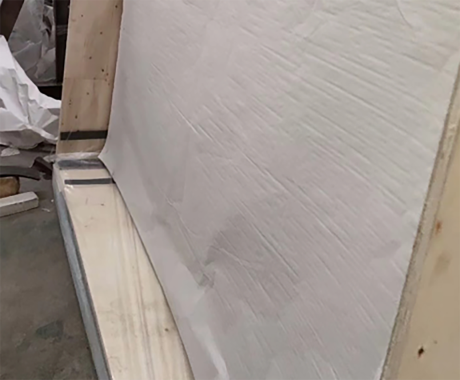

The Elegance of Ultra Transparent Glass
In recent years, ultra transparent glass has become a symbol of modern design and innovation in architecture, interior design, and various industrial applications. Its remarkable clarity and aesthetic appeal have not only transformed the way we perceive spaces but have also introduced new possibilities for functionality and sustainability.
Ultra transparent glass is characterized by its exceptional light transmittance, often exceeding 90%. This high level of transparency allows for an unobstructed view, making it a perfect choice for large windows and facades that maximize natural light while minimizing visual distortion. Architects and designers are increasingly embracing this material as it helps blur the lines between indoor and outdoor environments, creating a seamless integration with nature. Homes and commercial spaces adorned with ultra transparent glass feel more open and airy, fostering a connection with the surrounding landscape.
Moreover, ultra transparent glass is engineered to reduce glare and reflections significantly
. This is particularly advantageous in urban settings where bright sunlight can create uncomfortable conditions. By controlling reflections, the glass enhances the overall experience of a space, ensuring that the views remain unobstructed while offering comfort to occupants.
Beyond aesthetics, ultra transparent glass also meets demanding functional criteria. It is commonly utilized in energy-efficient building designs. The material can be treated to have superior thermal insulating properties, helping to maintain indoor temperatures while reducing reliance on heating and cooling systems. As sustainability continues to be a priority in construction, ultra transparent glass stands out as a smart choice that aligns with eco-friendly practices.
In addition to architectural uses, ultra transparent glass is gaining traction in various industries, including automotive, electronics, and furniture design. Its lightweight nature and high strength make it ideal for applications needing both durability and transparency. The automotive industry, for instance, has started incorporating ultra transparent glass in windshields and sunroofs to enhance visibility and aesthetics.
As technology advances, we can anticipate even more innovative applications of ultra transparent glass. With its ability to marry beauty with functionality, ultra transparent glass is not just a building material; it is an embodiment of modernity that resonates with the principles of transparency, elegance, and sustainability. As architects and designers continue to explore its potential, we can expect to see an increase in structures that leverage this extraordinary material, ultimately transforming our built environment for the better.